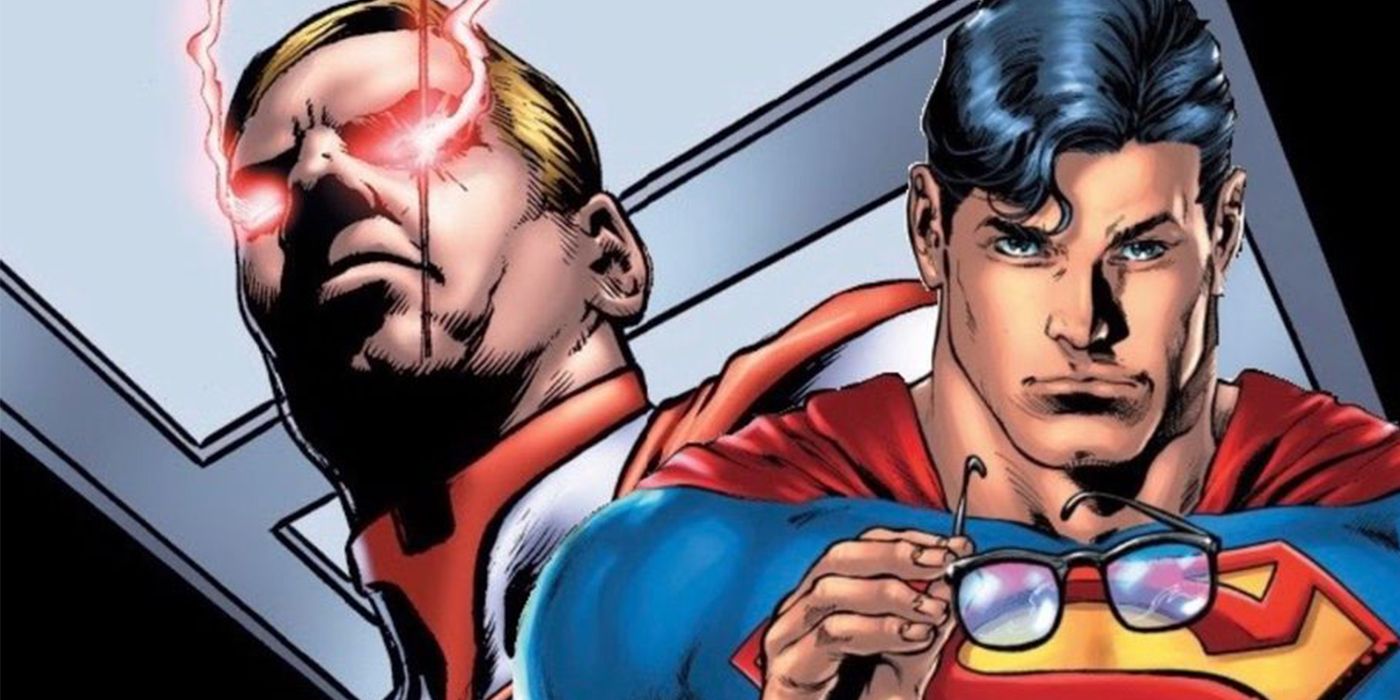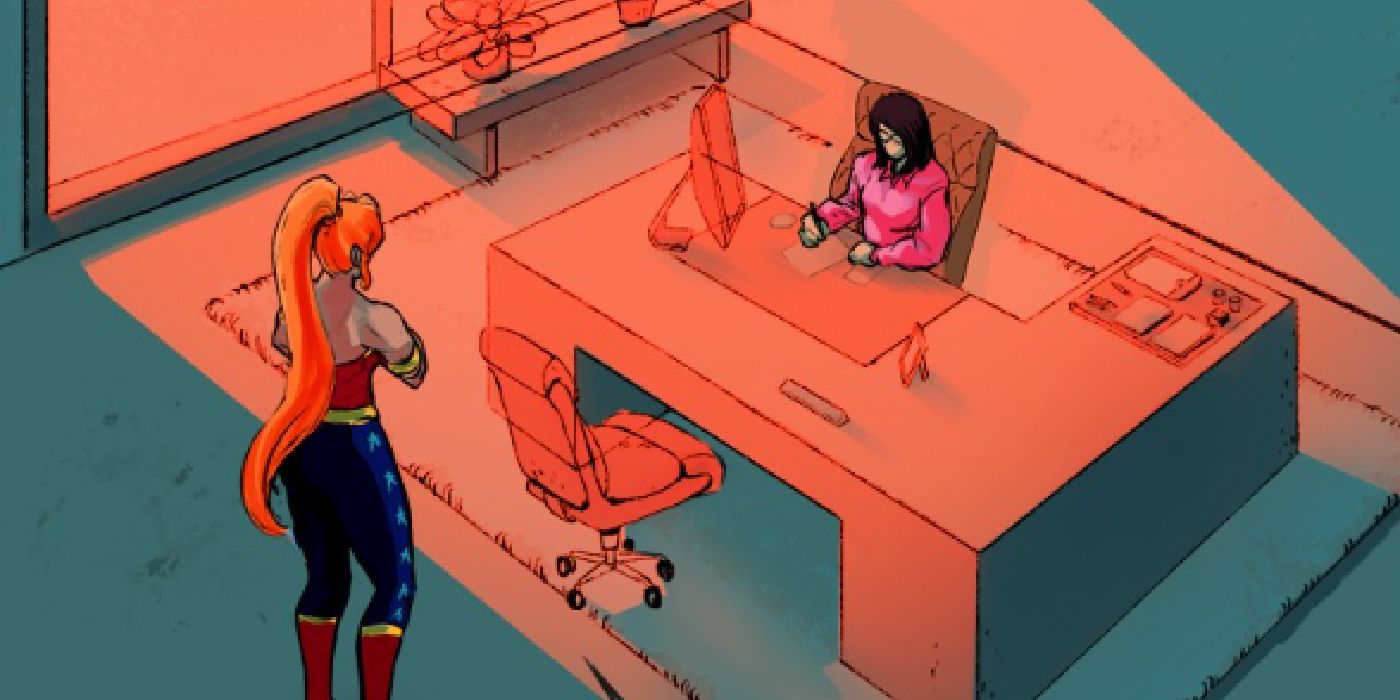Warning! Spoilers for Red Hood: Outlaws Episode 3.
WEBTOON and DC’s partnership continues this week with the release of a new series, Red Hood: Outlaws, which gives readers a glimpse into the corporate world behind the Justice League and it confirms some troubling similarities to The Boys. In a flashback to Artemis’ time as Wonder Woman, the public relations department of the Justice League is comparable to Vought since both obsess over numbers and Homelander and Artemis’ public image with little compassion.
The Outlaws are a group of underrated heroes who use their powers to fight heroes and villains. The team debuted during the New 52 age and has changed its team members, though Red Hood has always been its leader. Currently, the group consists of Red Hood (former Robin who, after dying and returning to life, is a mercenary), Artemis (a vicious and rebellious Amazonian warrior who is loyal to her team), and Bizarro (a half-baked clone of Superman who is a reformed villain). DC’s Justice League corporation and The Boys’ Vought are similar in that they both focus on numbers to make them appear favorable to society, highlighting how both companies are characterized by their self-interest. Moreover, Artemis’s and Homelander’s brutality indicate that people do not like heroes who have little regard toward saving lives, suggesting that it is because their actions show how heroes are not morally better than imperfect mortals.
Patrick Young and Nico Bacuñan’s series takes a moment to focus on Artemis’s time as Wonder Woman in Episode 3. In a flashback, Artemis meets with a PR representative of the Justice League who says her violent behavior as Wonder Woman has caused Wonder Woman’s social media account to lose over 1 million followers. The agent remarks, “The official Wonder Woman page is losing followers faster than Batman loses Robins.” The Boys TV series also highlights the (un)likeability of superheroes in season 2 when Homelander intercepts a terrorist attack and lasers the terrorist to death thinking it would be an easy win for his public image. However, he unknowingly killed an innocent boy a few feet behind and, after the video remained online for 17 minutes, suffers from the blowback when he loses 9.5 popularity points.
The representative’s focus on Artemis’s impact on Wonder Woman’s social media page indicates that Justice League corporation is more focused on statistics that make their business look good rather than the heroes fighting for good. Furthermore, the agent’s remark shows how her concern is rooted in how people are becoming disillusioned with Wonder Woman as a symbol for universal truth among the deceiving, wicked villains. Likewise, Homelander is supposed to represent a wise, god-like hero who gives humanity hope that they can rise above corruption and darkness to crate a better tomorrow. However, his ignorance about innocent people’s safety reflects how he is corrupted by his desire to maintain a positive public image and have the most popularity points. The blowback from the leaked video highlights how, in both cases, unnecessary violence among heroes is frowned upon by civilians because it damages the heroes’ representation as defenders of hope and fair justice.
Although heroes are supposed to be the best of human society, large scale corporations like those shown in The Boys and the WEBTOON series Red Hood: Outlaws prove that is false. Homelander has done horrible things and Artemis is ruthless when it comes to detaining villains. As a result, heroes’ popularity decreases because civilians lose hope in their idols.


